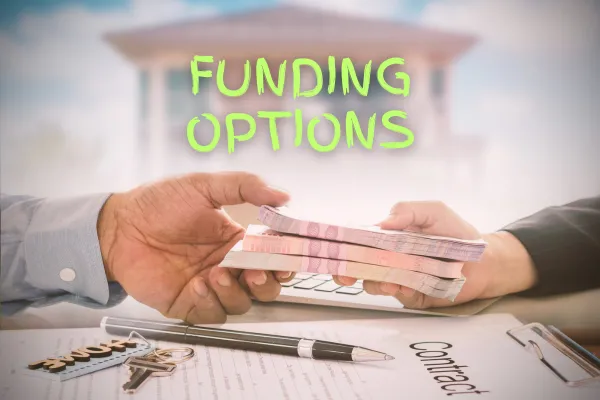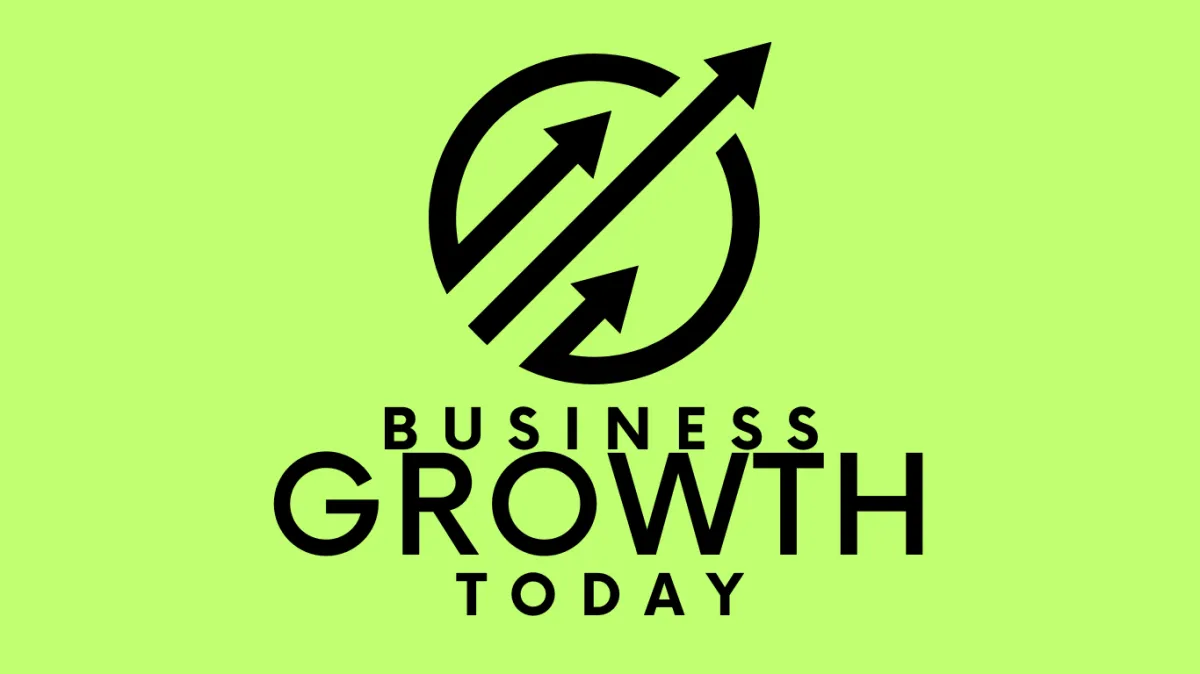
Exploring Funding Options for Small and Mid-Sized Businesses- Which is Right For Me?
Exploring Funding Options for Small and Mid-Sized Businesses
Securing adequate funding is one of the most significant challenges faced by small and mid-sized businesses. Whether you're looking to expand, purchase new equipment, or manage cash flow, understanding the various funding options available can help you make informed decisions. In this blog post, we will explore several funding avenues, including merchant cash advances, lines of credit, term loans, equipment financing, asset-backed lending, SBA 7(a) loans, and credit card stacking. We'll discuss the pros and cons of each option and the qualifications required.

Merchant Cash Advances (MCAs)
What is an MCA? A Merchant Cash Advance (MCA) provides businesses with a lump sum of cash in exchange for a percentage of future sales. Unlike traditional loans, MCAs are repaid through a portion of daily credit card sales or bank deposits.
Pros:
Fast Access to Cash: MCAs can be approved and funded quickly, sometimes within a day or two.
No Fixed Payments: Repayments are based on your sales, which means they fluctuate with your revenue.
No Collateral Required: MCAs do not typically require collateral, making them accessible to businesses without significant assets.
Cons:
High Costs: MCAs can be expensive.
Qualifications:
Established business with consistent revenue.
A minimum amount of monthly credit card sales or bank deposits.
Generally, no minimum credit score requirement.
Lines of Credit
What is a Line of Credit? A line of credit (LOC) is a flexible loan that provides businesses with access to a set amount of funds that they can draw from as needed. Interest is only paid on the amount borrowed.
Pros:
Flexibility: Borrowers can draw and repay funds as needed, making it ideal for managing cash flow.
Interest on Amount Used: Interest is only charged on the borrowed amount, not the entire credit line.
Revolving Credit: As you repay, the credit becomes available again for future use.
Cons:
Variable Interest Rates: Interest rates on LOCs can vary, making budgeting more challenging.
Annual Fees: Some lines of credit come with annual maintenance fees.
Qualification Requirements: Securing a line of credit can be challenging for businesses with poor credit or financial instability.
Qualifications:
Established business with a strong financial history.
Good personal and business credit scores.
Proof of consistent revenue and cash flow.
Term Loans
What is a Term Loan? A term loan provides a lump sum of money that is repaid over a fixed period with regular payments. Term loans can be short-term (start at one year) or long-term (up to 5 years).
Pros:
Fixed Repayments: Regular, predictable payments help with budgeting.
Lower Interest Rates: Typically, term loans have lower interest rates compared to MCAs and lines of credit.
Larger Loan Amounts: Suitable for significant investments like expansion, equipment purchase, or real estate.
Cons:
Lengthy Approval Process: Term loans can take longer to approve and fund compared to other financing options.
Collateral Requirements: Many term loans require collateral, which can be risky if the business defaults.
Rigid Structure: Fixed payments can be challenging during periods of low revenue.
Qualifications:
Good credit history.
Established business with a proven track record.
Collateral or personal guarantee may be required.
Equipment Financing

What is Equipment Financing? Equipment financing is a loan specifically designed to purchase business-related equipment. The equipment itself often serves as collateral for the loan.
Pros:
Preserves Cash Flow: Allows businesses to acquire necessary equipment without a large upfront payment.
Tax Benefits: Interest paid on equipment loans may be tax-deductible.
Ownership of Equipment: Unlike leasing, you own the equipment once the loan is paid off.
Cons:
Depreciation: The equipment may depreciate faster than the loan is repaid.
Risk of Obsolescence: Technology and equipment can become outdated, potentially requiring new investments.
Collateral Requirement: The equipment serves as collateral, which can be repossessed if the loan defaults.
Qualifications:
Business credit history and financial statements.
Sometimes a down payment is required.
The equipment's useful life and value are considered in the approval process.
Asset-Backed Lending

What is Asset-Backed Lending? Asset-backed lending involves securing a loan by pledging business assets such as property, accounts receivable, or other tangible assets.
Pros:
Access to Larger Loans: Using assets as collateral can enable larger loan amounts.
Lower Interest Rates: Typically, these loans have lower interest rates due to reduced lender risk.
Improved Cash Flow: Converts illiquid assets into working capital.
Cons:
Risk of Asset Loss: If the business defaults, the lender can seize the pledged assets.
Valuation Issues: The value of the assets might fluctuate, affecting loan terms.
Complex Approval Process: Detailed asset valuations and assessments are required, which can be time-consuming.
Qualifications:
Valuation of assets.
Good business credit history.
Financial stability and proof of consistent revenue.
SBA 7(a) Loans
What is an SBA 7(a) Loan? The Small Business Administration (SBA) 7(a) loan program is the SBA's primary method for helping small businesses obtain financing. These loans can be used for a variety of purposes, including working capital, equipment purchase, and real estate.
Pros:
Favorable Terms: SBA loans often have lower interest rates and longer repayment terms.
Guarantee: The SBA guarantees a portion of the loan, reducing lender risk.
Versatility: Can be used for a wide range of business purposes.
Cons:
Lengthy Process: Application and approval can be time-consuming and complex.
Strict Requirements: Businesses must meet strict eligibility criteria.
Personal Guarantee Required: Often, the SBA requires a personal guarantee from the business owner.
Qualifications:
Strong personal and business credit scores.
Detailed business plan and financial statements.
Collateral may be required.
Credit Card Stacking

What is Credit Card Stacking? Credit card stacking involves applying for multiple business credit cards simultaneously to access a larger amount of funding. This strategy leverages the credit limits of several cards to meet funding needs.
Pros:
Quick Access to Funds: Credit cards can be obtained relatively quickly.
No Collateral: Unsecured funding does not require collateral.
Flexibility: Funds can be used for various business expenses.
Cons:
High-Interest Rates: If balances are not paid in full, interest can accumulate rapidly.
Credit Score Impact: Multiple applications can negatively impact your credit score.
Debt Management: Managing multiple credit card accounts can be challenging.
Qualifications:
Good personal and business credit scores.
Ability to manage and repay multiple credit card balances.
Proof of income and business revenue.
Conclusion
Choosing the right funding option for your small or mid-sized business is crucial for growth and stability. Each funding option has its own set of advantages and disadvantages, and the best choice depends on your business's specific needs, financial health, and future plans.
Merchant Cash Advances are ideal for businesses needing fast cash with fluctuating sales but come at a higher cost.
Lines of Credit offer flexibility and revolving funds but may have variable interest rates.
Term Loans provide predictable payments and lower rates but require collateral and a lengthy approval process.
Equipment Financing helps acquire necessary equipment without upfront costs but carries the risk of depreciation.
Asset-Backed Lending can offer larger loans at lower rates but risks losing assets.
SBA 7(a) Loans provide favorable terms and versatility but involve a complex application process.
Credit Card Stacking gives quick access to funds without collateral but can lead to high-interest debt and credit score impacts.
By carefully evaluating these options and understanding their implications, you can secure the funding that best aligns with your business goals and financial situation. Whether you're looking to grow, manage cash flow, or invest in new opportunities, the right funding can make all the difference.

